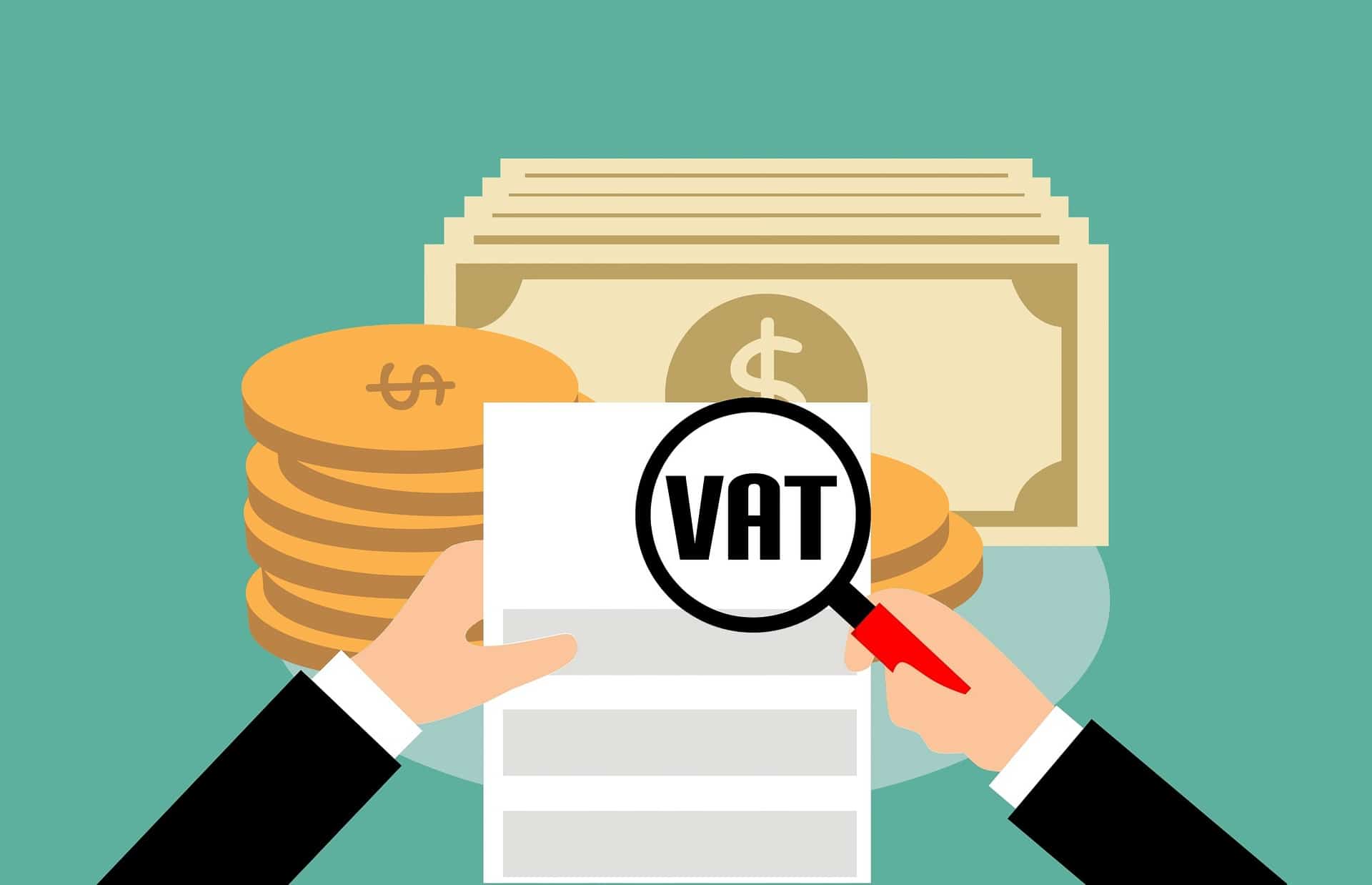If you’re running your own business in the United Kingdom, you might want to understand the rules of Value Added Tax (VAT).
Especially when your annual sales approach £85,000, it’s important to consider registering for VAT promptly.
In the rapidly evolving business environment, grasping and properly handling tax matters is crucial for the long-term development of your enterprise.
Understanding VAT in the UK
VAT in the UK is a consumption tax applicable to transactions involving goods and services.
It is a tax paid by the final consumer and ultimately reported to the tax authority by businesses.
When selling goods or providing services, businesses collect VAT from customers and periodically report to and pay the corresponding tax to the tax authority.
Registering for VAT
Firstly, registering for VAT is categorized into voluntary registration and mandatory registration based on different circumstances.
Voluntary Registration:
Generally applicable only to companies registered in the UK with annual sales below £85,000.
Mandatory Registration:
- Exceeding the standard registration threshold: When a company’s projected or actual sales within a 12-month period reach or exceed £85,000.
- Expected to exceed a temporary threshold: If your company expects to surpass £85,000 in sales within the next 30 days.
- Receiving a VAT registration invitation: If you receive a VAT registration invitation from Her Majesty’s Revenue and Customs (HMRC), you might need to register for VAT based on the invitation, even if your sales do not meet the threshold.
The following cases require mandatory registration:
- Residing outside the UK.
- Company located outside the UK.
- Supplying any goods or services to the UK.
Registration Process
Considering the processing time for UK VAT registration, you need to make decisions and prepare documentation in advance.
Typically, detailed company information, including name, address, and business license, needs to be provided. For specifics, you can consult our accounting team.
In addition, you must determine the appropriate reporting method for you (such as standard fiscal year or monthly/quarterly reporting).
After submitting all information, you usually need to wait several weeks or months to receive your registration certificate and VAT number.
What Next?
Maintain accurate records: You need to keep detailed records of VAT-related business transactions, including sales, purchases, expenses, and deductions, to provide accurate information when reporting.
Regularly submit VAT returns: After registration, you need to submit VAT returns to HMRC at regular intervals, typically quarterly.
Timely payment of VAT: Based on the data on your VAT returns, you must pay the due VAT on time.
Applying for VAT refunds as appropriate: If your VAT input tax (tax paid on purchases) exceeds the VAT output tax (tax collected on sales), you can apply for a VAT refund.
Compliance and audits: Ensuring compliance in your VAT reporting and records is important to avoid scrutiny and investigations by HMRC.


